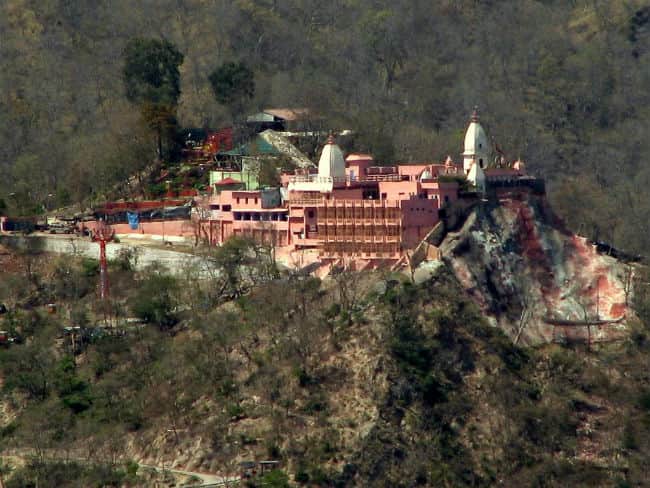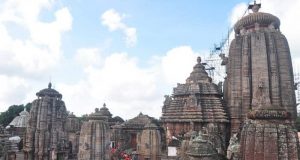Kathak – The Classical Dance Form of North India
Kathak is a major Indian dance that originates from the northern part of India. This form of dance has its origins in the time of the bards who used to occupy the ancient part of North India. Kathak in those days were the storytellers. These bards used to perform in each village and specialized in telling mythological tales. These were accompanied by genuine expressions and facial gestures. This was a theatre in the best form in those days and the entire show used to be entertaining along with the instruments and the vocal music that was a major accompaniment of this performance. Gradually the 16th century saw the performance being promoted to another art with the introduction of the Persian and Central Asian kind of dance forms in it. These originated from the era of the Mughals and thus the Kathak dance came to be.
Kathak dance has three major important Gharanas – the Jaipur Gharana, the Lucknow and Banaras Gharana, and the Rajgarh Gharana. The Gharana of Lucknow and Banaras was found in the Kachwaha Rajput king’s courts and also in the kingdoms of the Nawab of Varanasi, Oudh etc. the Rajgarh Gharana is a merged version of the techniques from the other two Gharanas.

Kathak comes from the word Katha which means story. Katthaka in Sanskrit refers to the person who tells the story. Kathak thus means a saying that teachers pass on to their students. It could also mean that which tells a story. One of the major forms of Indian dances, the patronage for this dance shifted from the temples to the royal court arena. So Kathak gradually became a source of entertainment more and a means of telling stories less. Today the dance form has only rhythm and movement and the storytelling aspect has got eroded from the entire performance.
Initially associated with an institution called the tawaif, the term began to get misconstrued greatly and took the form of the geisha tradition in Japan. This profession needed a lot of civilities, and high training techniques, and royalty normally sent their children to the tawaifs for learning etiquette and for understanding the instructions. When the British took over India, the dance form became branded as one of prostitution and was in a way outlawed. Thus the downward trend of the Kathak dance form occurred and it wasn’t resurrected even after our independence.
Today Kathak is a much-pursued dance form, in spite of all its mixed past, and has instruments like the dilruba, bansuri or flute, esraj, Ghungaru, Harmonium, Santur, Pakhawaj, Sarod, Sarangi, Surmandal, sitar and Tabla to accompany. The Tanpura forms the main background of a Kathak dance.
Today the Kathak technique is one that has great footwork which is timed to a set of time cycles. The footwork is then matched with the accompanying instruments like the Pakhawaj and the Tabla and there is generally a great compatible display of talent from the instrument player and the dancer. The tales of Radha and Krishna are told and depicted in the dance forms, and the entire performance is enthralling and memorable.
The Kathak dance can be thus incorporated as part of cultural activity in India today and the stylized gestures coupled with the expressive movements of the dancers make that dance a great aspect of the art and heritage of India. Patronized by the rulers who love art, Kathak works at making the movements perfect and the expressions heavenly.
The Kathak dance form is indeed an intriguing and special part of Indian culture.


